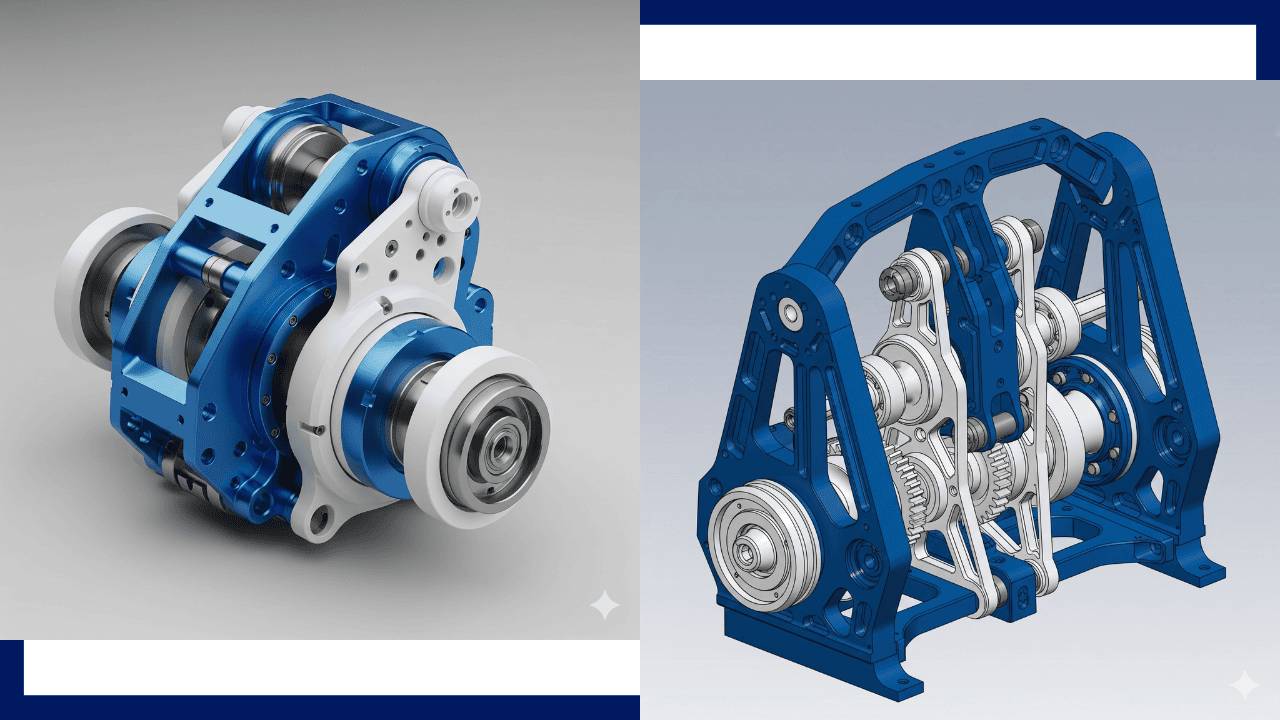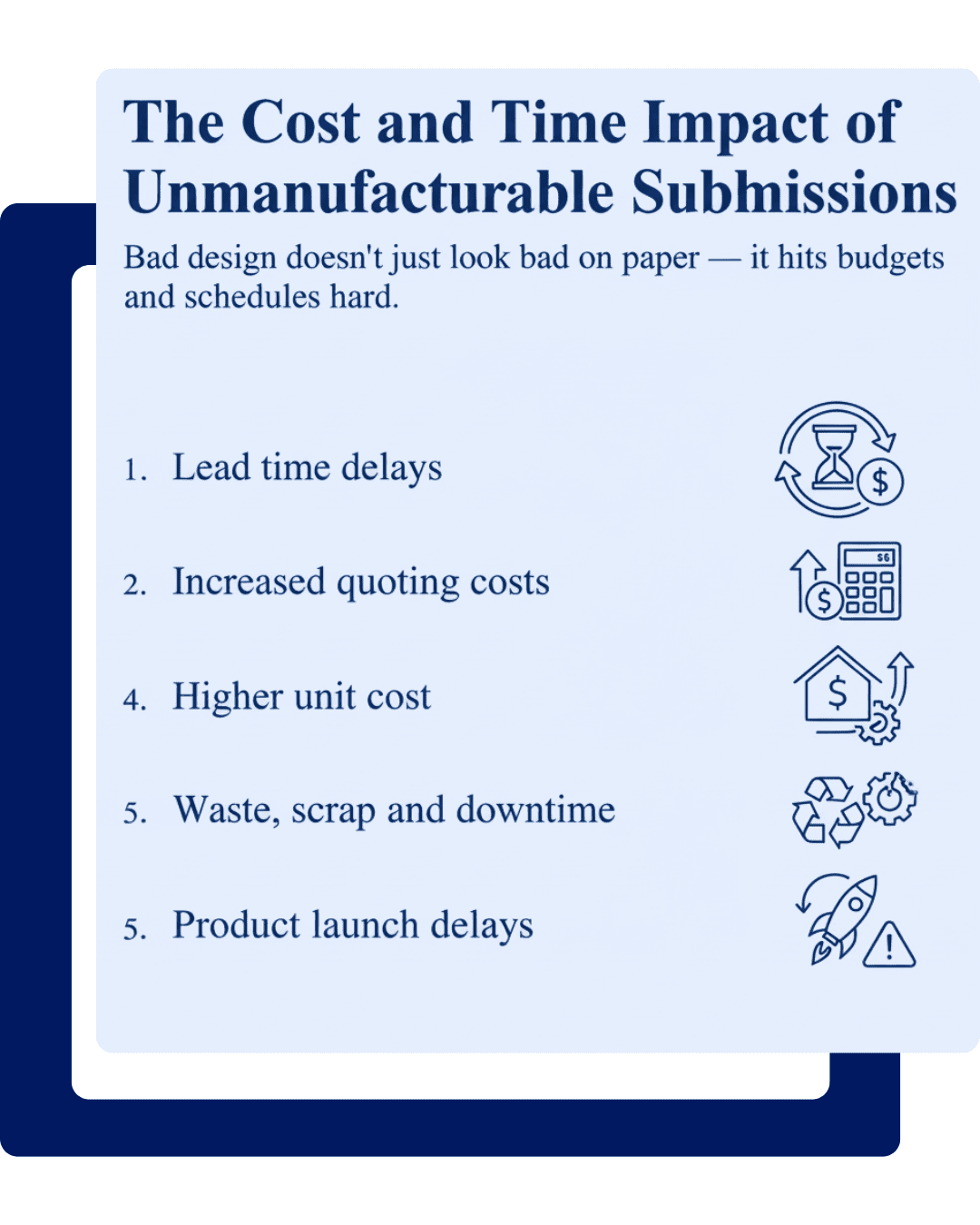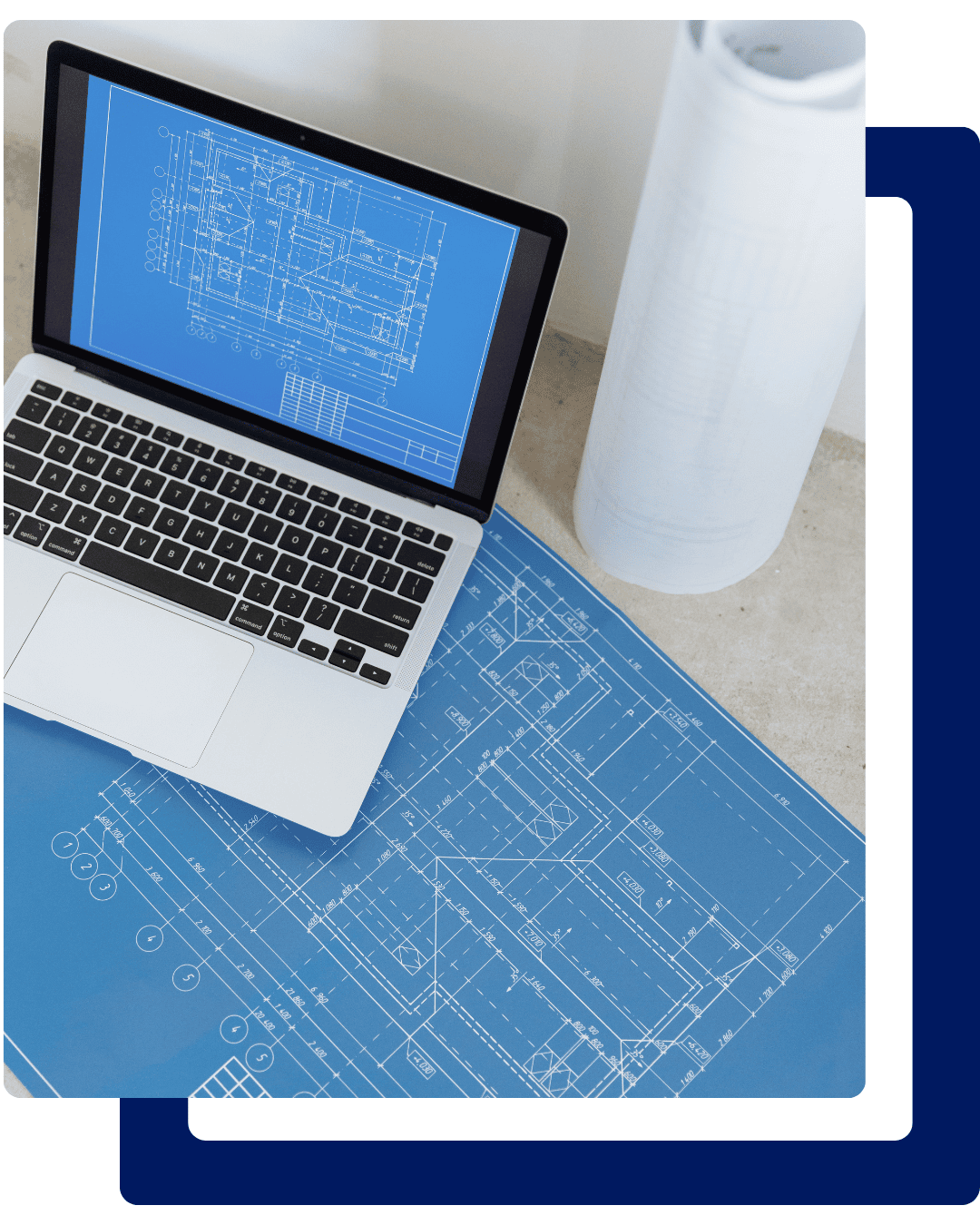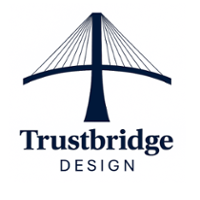Why Your Design is Failing: Common Mistakes We See in Client Submissions

In today’s fast‐paced product development world, the gap between design intent and manufacturable reality is a leading cause of delays, cost overruns, and even supplier ghosting. When clients send over designs that are difficult to manufacture, suppliers often defer or avoid responding, quoting very high, or asking for clarifications. These breakdowns largely stem from preventable mistakes in design submissions.
Industry benchmarks show that applying Design for Manufacturability (DFM) best practices can reduce production costs by 10-20%, shrink lead times by 20-30%, and cut scrap and rework dramatically.
In this article, we go through why bad design leads to ghosting, cost/time impacts, the most frequent design failures, and practical fixes you can integrate into your workflow. Our goal: empower design teams to deliver submissions that suppliers can manufacture efficiently, quote accurately, and which drive successful products to market faster.
Trustbridge Tip: Bringing your next-generation product to market doesn’t have to be costly or complex. Download this guide to know more about how to cost-effectively bring your next-gen product to market.
Why Supplier Ghosting Often Starts with Bad Design
When a supplier doesn’t respond to a quote request, it’s rarely due to lack of interest. More often, it’s because the design package introduces too much uncertainty. Vague tolerances, incomplete geometry, unsuitable material selections, or missing drawings make it unclear how the part can actually be manufactured. This uncertainty translates directly into risk — the risk of producing non-conforming parts, wasting time, or incurring unexpected costs. To protect themselves, suppliers often choose to step away.
Many design teams assume suppliers will “figure it out,” but unclear specifications push those requests to the bottom of the priority list. In some cases, suppliers may provide a quote, but it will be padded with higher costs and longer lead times to cover the unknowns. In other cases, the submission is ignored altogether.
In highly competitive industries such as aerospace, medical, and automotive, suppliers increasingly rely on digital DFM checks and automated quoting systems. If a design fails those initial checks, it is often flagged as too risky to pursue. This is why industries are placing growing emphasis on standardized design documentation and early DFM collaboration — clear, manufacturable submissions reduce risk and dramatically improve the chances of getting timely, accurate quotes.
The Cost and Time Impact of Unmanufacturable Submissions

Lead time delays: Each back-and-forth clarification adds extra time. In complex parts, this back-and-forth can extend quoted delivery significantly, sometimes turning what could have been a quick turnaround into weeks of delay.
Increased quoting costs: Suppliers may build in contingency for unknowns, raising quotes. Or reject quoting entirely if risk is too high.
Higher unit cost: Tight tolerances, exotic materials, or complicated geometries bump up tooling, inspection, machining or molding expense.
Waste, scrap, and downtime: When parts arrive that don’t meet stack‐up tolerances or are impossible to machine, rework or remakes are needed.
Product launch delays: Delays in the design manufacturing handoff ripple out. Missed market windows, lost revenue.
Common Design Failures
Below are frequent mistakes that we see in client‐submitted designs. Identifying and avoiding these can make your submission much stronger, more manufacturable, and more likely to lead to a smooth quotation.
Over-tolerancing for Non-critical Features
Often designers apply tight tolerances everywhere — even on features that aren’t functional in the final assembled product. When every hole, every surface, every angle has a tolerance tighter than necessary, cost and inspection difficulty rise, but the value to the product may be negligible.
Unnecessary geometric controls on cosmetic surfaces.
Very tight flatness, straightness, or perpendicularity where standard allowances would suffice.
Overuse of feature control frames referencing non‐functional datum.
Specifying ±0.001” When ±0.010” Is More Than Sufficient
This is a specific case of over‐tolerancing. Many designs call for tolerances like ±0.001 in (≈ ±0.025 mm) when the part function can operate fine with ten times that looseness. The result: expensive machining, slower throughput, high reject rates.
If you examine real parts, many suppliers push back or amend quotes significantly when ultra‐tight tolerances are specified without justification. Cost tends to balloon for each order when these kinds of specs are over‐used or mis‐applied.
Material Choices That Ignore Process Constraints
Selected materials often behave differently in different manufacturing processes. Common missteps:
Specifying exotic metals or composites without considering whether the supplier has tooling or experience.
Materials that crack, warp, or have excessive tooling / fixturing requirements when machined, injection molded, or cast.
Overlooking availability: rare materials cost more, may have long lead‐times.
Material selection must balance mechanical requirements with manufacturability, cost, supply chain, and process capability.
Selecting Exotic Materials Incompatible with Your Manufacturing Method
Very similar, but more extreme: for example, materials that are difficult to finish, subject to distortion at moderate temperatures, or those with specialized machining needs (e.g. certain ceramics, very high hardness metals).
These choices often trigger supplier clarifications or rejections, because they add risk: cycle life of tools, surface finish, yield, and post‐processing (heat treatments, coatings).
Incomplete or Missing 2D Drawings
Despite widespread use of 3D CAD, many suppliers still require 2D drawings to verify dimensions, tolerances, notes, finish, etc. Missing or incomplete 2D drawings cause:
Misunderstanding geometry details (e.g. internal features, undercuts)
Missing tolerances or unspecified features
No reference for inspection or quality control
This omission often results in suppliers asking for additional drawings, delaying the quote, or refusing to quote without full documentation.
Trustbridge Tip: Define your product requirements clearly before you start detailed design. Early market research and cost modeling tell you what features matter, what can be simplified, and where you can save. Read the blog to explore strategieslike design for manufacturing (DFM), agile development, and sourcing that help reduce risk and cost.
Lack of GD&T, Callouts, or References for Functional Areas
Without GD&T (Geometric Dimensioning & Tolerancing), callouts, datum references, etc., suppliers make assumptions. Assumptions often lead to designs being built “approximately” rather than to intended function.
Some frequent issues:
No datum scheme, so features float or shift during manufacture or inspection.
No indication of which surfaces are functional (mating, sealing, alignment).
Missing profile or position tolerances for assemblies, so parts don’t fit properly.
GD&T, when used properly helps define allowable variation in shape, orientation, location—leading to better, lower‐cost manufacturing. (sigmetrix.com)
No Draft Angles, Parting Lines, or Machining Orientation
Especially for molded parts, castings, or injection molds, lack of draft or parting line definition leads to tooling problems, cosmetic defects, and often additional tooling cost.
Also, for machined parts, orientation, clamping direction, fixturing and machining path impact cycle time and cost; failing to specify these causes suppliers to make assumptions or overcharge risk.
Resulting in Quote Delays or Rejections
All of the above errors add friction. Here’s how they typically lead to delays or rejections in quoting:
Suppliers request clarification or revised drawings: this takes time.
Suppliers escalate risk in quotes (higher unit cost, extra inspection charges).
Some suppliers refuse to quote, especially for large or regulated industries (aerospace, medical, defense) where tolerances, traceability, and material properties are heavily audited.
In competitive bidding, suppliers may skip unclear proposals in favor of those that show professionalism, clarity, and manufacturability.
From a sentiment perspective, ambiguous or over‐complicated design submissions erode trust. Suppliers may assume you’re less mature, leading them to deprioritize your request.
Fixing the Process
To avoid these pitfalls, here are steps you can take to ensure your design submissions are strong, clear, and manufacturable — which will improve quotes, reduce lead‐times, and increase supplier responsiveness.
How to Request and Integrate Early DFM Feedback
Involve manufacturing or supplier engineers early in the design phase (before final CAD drawings)
Use automated or software‐assisted DFM tools to validate your designs for manufacturability (e.g. tolerance stack‐ups, process simulations).
Run design reviews with a manufacturability checklist: critical tolerances, material/process constraints, inspection needs.
Early feedback prevents costly redesigns or scrap later.

Engage Suppliers During the Design Phase, Not After
Invite key suppliers or potential manufacturers to review your concept sketches or prototypes.
Hold joint design‐for‐manufacture workshops.
Share your functional intent: what tolerances, what parts are critical to fit / function, what trade‐offs matter (cost vs precision vs durability).
This builds shared understanding and reduces surprises.
Creating Spec Packages Suppliers Want to Quote
A good spec package typically includes:
3D CAD files in standard formats (STEP, IGES, etc.)
Detailed 2D drawings with dimensioning, tolerances, datum features, surface finish, machining orientation, parting lines, etc.
Bill of Materials (BOM) with materials, finishes, heat treatment, coatings, etc.
Usage intent or functional notes: where the part fits in the assembly, which surfaces mate, which surfaces can be loose, which are cosmetic.
Packages like this reduce the mental load for the supplier and make quoting faster and more accurate.
Improving Communication Through Clear Documentation
Use standard GD&T (ASME or ISO) and indicate which standard you are using.
In drawings, clearly label functional/critical areas.
Use visual aids: exploded views, section cuts, detail views.
Provide reference images or context where needed (assembly sketches, mating parts).
Include finish, surface roughness, tolerances, and testing requirements.
Good documentation acts as both instruction and assurance.
Making it Easy for the Supplier to Understand Fit / Form / Function
Fit/Form/Function are key pillars:
Fit: How does this part mate with others? What are required clearances or interferences?
From: Overall geometry, shape, appearance, symmetry, orientation.
Function: What the part must do—load, motion, sealing, alignment, performance under stress etc.
Explicitly state these in your documentation. For example: “This side mates with a printed circuit board; the surface must be flat within 0.005 in so that the gasket seals correctly.” When suppliers know the function, they can assess which features need strict control and which can be relaxed.
Conclusion
Design failures in client submissions are rarely mysterious, they mostly come down to clarity, appropriateness of specifications, and early coordination. By avoiding over‐tolerancing, specifying realistic materials, providing full 2D & 3D information, employing GD&T properly, and engaging suppliers early, your design submissions will be manufacturable, quotable, and effective.
The payoff is not just cost savings, but speed, reliability, better quality, and stronger supplier relationships. In current competitive and automated manufacturing environments, these are not bonuses — they are essential.
Ready to move your procurement from spreadsheets to strategy? AI is no longer optional — it’s the backbone of modern buying. Empower your procurement team with intelligent sourcing, real-time spend visibility, and smarter decision-making. Visit Trustbridge.pro to explore buyer resources, case studies, and solutions designed to help procurement professionals lead with confidence.


